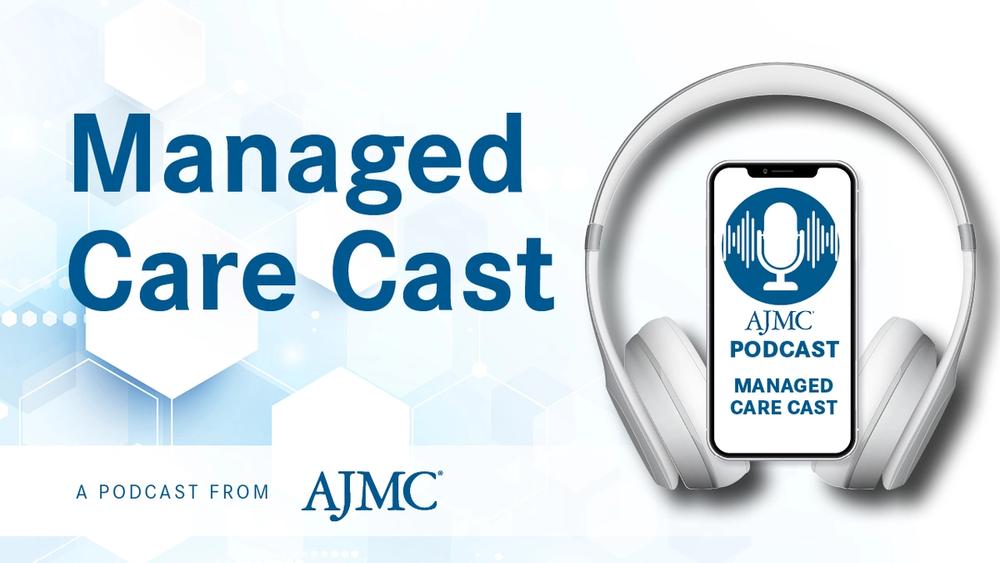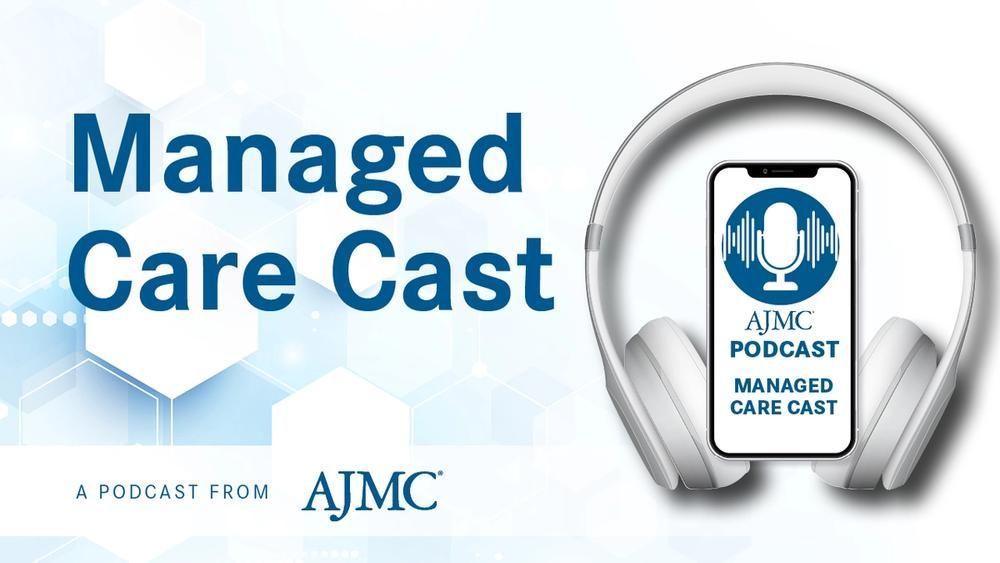News
Article
Abortion in 2025: Access, Fertility, and Infant Mortality Updates
Author(s):
Key Takeaways
- Abortion bans post-Dobbs v Jackson have increased infant mortality and birth rates, disproportionately affecting marginalized groups and Medicaid enrollees.
- Legislative restrictions on abortion access have prompted some states to enhance protections, while others impose further restrictions, including on abortion medications.
While Republican state-led efforts aim to increase restrictions to abortion care and access to mifepristone and misoprostol in 2025, JAMA authors join the conversation with their published research and commentary.
Health care access and equity have recently faced mounting challenges across the US shaped by legislative policies, social determinants, and evolving treatment landscapes—a trend that appears set to accelerate in 2025. Abortion bans in the wake of the Dobbs v Jackson Supreme Court decision in 2022 and the preceding Texas Senate Bill 8 (SB8) in 2021 have introduced legal and ethical dilemmas, prompting a nationwide conversation including various perspectives among physicians, authors, and lawmakers.
Abortion access continues to be one of the most contentious issues in US health care, according to JAMA Health Forum’s editor in chief, Sandro Galea, MD, DrPh, who emphasized the role of academic medical journals in publishing rigorous research while fostering informed discussion on complex and politically charged topics.1
“This becomes both particularly important—and particularly difficult—when dealing with issues that are of enormous contemporary consequence and of heated public debate,” he wrote in an editorial published in JAMA Health Forum.
The topic of abortion restrictions and related impacts were addressed in multiple articles published by JAMA this week, including a pair of investigations Galea highlighted that examined the real-world effects of abortion bans.
The first study analyzed US national vital statistics data from 2012 to 2023 and found a significant rise in infant mortality following state-level abortion restrictions that translated to an estimated 478 excess infant deaths during the months affected by the bans.2 Across the 14 states with bans, the observed infant mortality rate was 6.26 per 1000 live births compared with an expected rate of 5.93, resulting in an absolute increase of 0.33 (95% credible interval [CrI], 0.14-0.51) and a relative increase of 5.60% (95% Crl, 2.43%-8.73%). Gemmill et al found the impact was particularly severe among Black individuals, those in Southern states, and infants with congenital anomalies.
An analogous pattern of disparities was exhibited in the second study by Bell et al; more than 20,000 excess births occurred after abortion bans based on an analysis of US Census and birth certificate data.3 The findings demonstrated disproportionate effects on Medicaid beneficiaries (2.41%), racially diverse communities (≈ 2.0%), individuals younger than 35 years (≈ 2.0%), those without college degrees (high school diploma, 2.36%; some college, 1.58%), and unmarried individuals (1.79%).
How is success measured in abortion outcomes?
Image Credit: WS Studio 1985 - stock.adobe.com

While results yielded from these studies were not entirely surprising to Galeo, he underscored that "data are necessary, even if not sufficient, to shift the public conversation and to inform decision-making" and called for "elevating the visibility of these findings, and disseminating of these ideas in a way that pushes back against misinformation and disinformation."1
"A devolution of authority to regulate abortion to the states has led to more restrictive access to abortions in more socially conservative states, and in those states persons who have long historically been marginalized...are less likely to be able to access abortion in those states, resulting in higher birth rates and adverse consequences of childbirth in these groups," he wrote. "And yet, documenting these findings is enormously important and is exactly what academic journals should be doing when societies face complicated and difficult issues such as access to abortion."
Abortion Outcomes: How Is Success Measured?
Some abortion opponents, such as Donna Harrison, MD, of the American Association of Pro-Life Obstetricians and Gynecologists, view the post-Dobbs rise in birth and subsequent mortality rates as children who would otherwise “have been killed in induced abortions,” according to New York Times coverage.4 “This means that anyone lamenting the results of this study isn’t really concerned that these babies died; rather, they wish they would have been killed earlier: in the womb,” Harrison said.
Since 2023, the US has seen a slight and consistent increase in the overall number of monthly abortions despite the increase in state restrictions, indicating that the enforcement of bans in certain states may have prompted others to secure existing protections and enhance their abortion access, curbing a potential decline after 2022.5,6
In Texas, abortion rates have dropped from about 4400 per month in 2021—the year SB8 passed—to a current monthly average of 5.5 Estimates have shown approximately 35,000 Texas women went out of state for abortion care in 2023, and 75% of abortions performed in New Mexico are provided to out-of-state residents.6
Texas has a particularly turbulent history with reproductive rights, preceding Dobbs v Jackson and the passage of SB8, as explained in a JAMA Viewpoint article by Richard Todd Ivey, MD, of the Department of Obstetrics and Gynecology in Baylor College of Medicine in Houston, Texas. These abortion laws have been “recognized as some of the most restrictive antiabortion regulations in the country” and have affected the landscape of reproductive rights and health beyond Texas borders, as observed in 13 additional states with near-total abortion bans.
The state first criminalized abortion in 1854 and again in 1925, only for these laws to be overridden by Roe v Wade in 1973. However, Texas lawmakers persisted with regulations that included transvaginal ultrasound requirements, mandatory waiting periods, fetal remains burial mandates, and state-mandated counseling that Ivey says includes inaccurate medical information. These laws have steadily eroded access to abortion, culminating in SB8, which not only bans abortion after 6 weeks but also allows private citizens to sue anyone they believe has helped someone obtain an abortion, according to the article.
Polling has indicated most Texans support legal abortion in some circumstances. However, Texas’ current ban offers no exceptions for rape, incest, fetal anomalies, or lethal chromosomal conditions. The only exceptions are ectopic pregnancies and cases where the mother’s life is in danger—though vague legal wording leaves many physicians uncertain about what is legally permissible.
Under Texas law SB8, physicians face severe penalties for violating abortion laws. A ruling from the Texas Supreme Court offered some guidance but lacked legal force, leaving doctors hesitant. Recent cases, such as Zurawski v Texas, show the consequences, with patients suffering from severe complications due to denied abortions, potentially leading to increased maternal fatalities, the article stated.
“Make no mistake—the design of these laws is intentional,” Ivey wrote. “The vague wording of the law with detailed, severe penalties for physicians is deliberate. The chilling effect in health care is the desired outcome. The culture of fear among patients and physicians is real. This confusion led the Texas Supreme Court to request clarification from the state medical board. The board opined that the threat to maternal life need not be imminent, but a medical board cannot change law.”
Consequences of “Legislative Intrusion” in Medicine
Of all US women of reproductive age, 10% reside in Texas.6 This subpopulation is also the most uninsured, with Texas ranking lowest across all 50 states for health care coverage and affordability in The Commonwealth Fund’s 2024 State Scorecard on Women’s Health and Reproductive Care.7 In 2022, 27% of Texas women went without needed care due to access issues.6 The state only recently extended postpartum Medicaid coverage to 1 year—far later than many other states.
Adding to the crisis is a worsening provider shortage, Ivey explained. Nearly half (48%) of practicing obstetrician-gynecologists (ob-gyns) nationwide are older than 55 years and expected to retire in the next decade. Texas is already seeing a decline in ob-gyn residency applications, with 57% of residents reporting that abortion laws are influencing their decision to leave the state after training. This exodus could have dire consequences, particularly in the 47% of Texas counties that are classified as maternity deserts; 17 rural labor and delivery units have closed in the last decade.
The Dobbs decision set forth a ripple effect of trigger laws and abortion bans that impacted the entire country, with restrictions imposed in some states while other states simultaneously aimed to fill those access gaps. However, it hasn't decreased the occurrence of abortion nationwide—possibly even moving the needle slightly in the opposite direction, as speculated in the Society of Family Planning report.5
Reproductive Restrictions 2025: Current Policy Conversations
Texas isn’t the only state setting trends in restricting abortion; key legislative efforts in Republican-led states to classify mifepristone and misoprostol as controlled dangerous substances have gained traction.8 Measures have been introduced in various states, including Idaho, Oklahoma, Tennessee, and Texas, aiming to replicate Louisiana, the first state to reclassify the medications as Schedule IV controlled substances under the state’s Controlled Dangerous Substances Law.
This move, enabled through Senate Bill 276, places these widely used reproductive health medications under the same regulatory framework as sedatives and barbiturates—despite clear scientific evidence that they do not pose a risk for addiction or abuse, according to another JAMA Viewpoint article.9
Scientific data overwhelmingly confirm that mifepristone and misoprostol do not have addictive properties, these authors note. Neither drug affects the brain’s reward system, nor do they produce euphoria or withdrawal symptoms. Mifepristone, a progesterone receptor antagonist, is approved by the FDA for medication abortion and for managing hyperglycemia in patients with Cushing disease. Misoprostol, a prostaglandin E1 analog, is widely used in obstetrics and gynecology for labor induction, miscarriage management, and postpartum hemorrhage—one of the leading causes of maternal death.
While some attempts have already stalled in Indiana and Mississippi, experts state that even if these bills do not pass, their repeated introduction could help normalize restrictions on abortion medication.8,9 Louisiana’s legislation “was not designed to make care safer or to improve health outcomes—rather, it increases barriers to health care and raises unnecessary fear around prescribing and dispensing these medications.”9
The debate on abortion access will continue, as will disagreements on the role of government in health care policy.6 Yet, Ivey argues that ongoing legislative interference in medical decision-making is inappropriate and impacts the health and well-being of patients and physicians. Specifically, he calls out harmful "laws that require physicians to give, withhold, or restrict information that can be shared with patients; laws that mandate tests, procedures, or treatments; laws that criminalize evidence-based care; or laws that create content-specific informed consent."
"Health care policy determined by ideology is nothing short of dangerous," he concluded.
Galea reinforced the power of complementing thorough peer-reviewed data with thoughtful commentary published in academic journals.1
"There is plenty of evidence about the gap between data and implementation and between the generation of evidence and policy change," he wrote. "However, this is exactly how a knowledge base is built, and how we can create a scaffold of ideas that inform public debate, and eventually change policy.”
References
1. Galea S. Research on difficult social issues—the consequences of abortion bans. JAMA Health Forum. 2025;6(2):e250087. doi:10.1001/jamahealthforum.2025.0087
2. Steinzor P. Abortion bans linked to higher infant mortality, disproportionately impact Black infants. AJMC®. February 13, 2025. Accessed February 13, 2025. https://www.ajmc.com/view/abortion-bans-linked-to-higher-infant-mortality-disproportionately-impact-black-infants
3. Bell SO, Franks AM, Arbour D, et al. US abortion bans and fertility. JAMA. Published online February 13, 2025. doi:10.1001/jama.2024.28527
4. Belluck P. After abortion bans, infant mortality and births increase, research finds. The New York Times. February 13, 2025. Accessed February 18, 2025. https://www.nytimes.com/2025/02/13/health/abortion-bans-infant-mortality.html
5. WeCount report. Society of Family Planning; October 22, 2024. doi:10.46621/728122kflzwf
6. Ivey RT. The consequences of legislative regulation in medicine. JAMA. Published online February 13, 2025. doi:10.1001/jama.2025.0381
7. Grossi G. New report shows worsening health outcomes for women in states with abortion bans. AJMC. July 18, 2024. Accessed February 14, 2025. https://www.ajmc.com/view/new-report-shows-worsening-health-outcomes-for-women-in-states-with-abortion-bans
8. Mulvihill G. What to know about state proposals to ban abortion pills and punish women who seek to end pregnancies. PBS. February 11, 2025. Accessed February 16, 2025. https://www.pbs.org/newshour/nation/what-to-know-about-state-proposals-to-ban-abortion-pills-and-punish-women-who-seek-to-end-pregnancies
9. Tasset J, Scarsi KK, Edelman A. Regulation of controlled substances and reproductive health. JAMA. Published online February 13, 2025. doi:10.1001/jama.2025.0384





